Exploring Oil Rig Drilling Equipment: What are Key Components and How Simulation Technology Used in It
Oil rig drilling equipment provides the technological backbone of a sophisticated and challenging extraction process in the enormous expanses of the world’s oceans and seas, where energy resources lie under the surface. The voyage to access these important reserves necessitates the use of specialized and strong machinery developed for the severe circumstances of offshore and onshore drilling. This article delves into the key components and technologies that comprise oil rig drilling equipment, shedding light on the complexities and innovations that drive hydrocarbon extraction from beneath the ocean floor, as well as how simulation technology is used to optimize the design, training, and operational phases of oil rig drilling equipment.
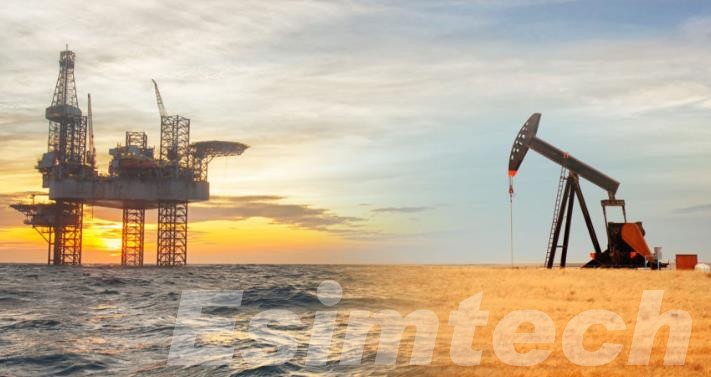
Key Components and Technologies of Oil Rig Drilling Equipment
1. Drillship and Platform Structures
- Drillships
Overview: Drillships are nautical vessels that have drilling capabilities. They house the drilling equipment, crew quarters, and support systems required for offshore drilling operations.
Features: A derrick supports the drill string and aids drilling operations, while dynamic positioning technologies enable precise location control.
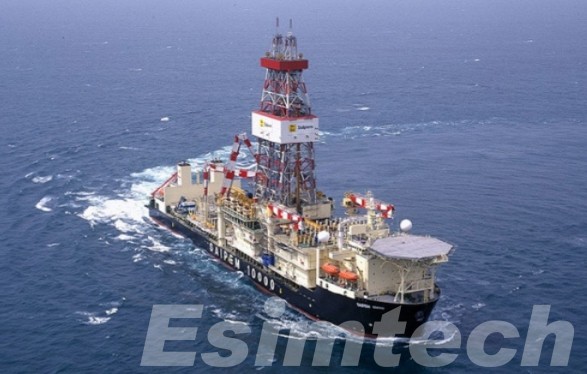
- Platforms
Overview: Offshore platforms are either fixed or floating structures that serve as a base for drilling equipment. Fixed platforms are fixed to the ocean floor, whilst floating platforms are moored.
Features: Drilling rigs, wellheads, and production facilities are housed on platforms. They act as a hub for exploration and extraction activities.
2. Drilling Rigs
- Jack-up Rigs
Overview: Jack-up rigs are mobile drilling platforms with extendable legs that can raise the rig above the water’s surface. They’re frequently employed in shallow water.
Features: Lowering the legs to the seafloor provides stability, allowing drilling operations to take place in relatively calm conditions.
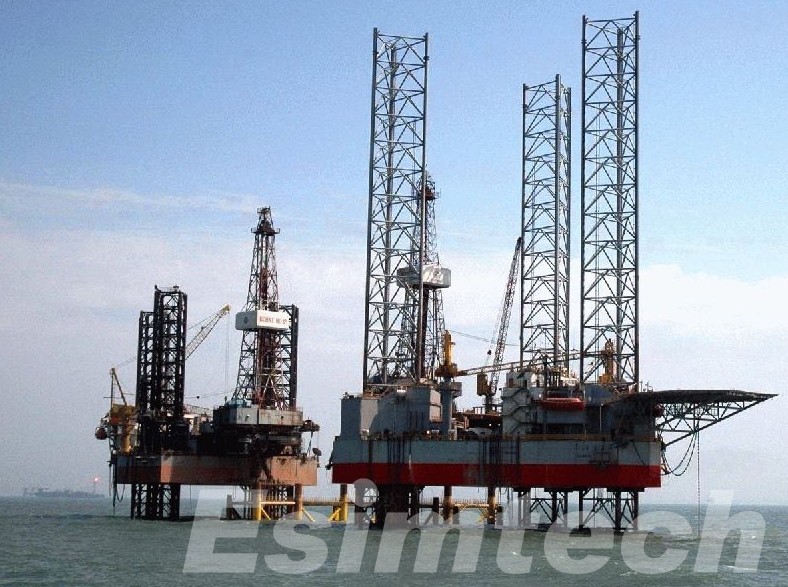
- Semi-submersible Rigs
Overview: Semi-submersible rigs are floating structures that can submerge partially to improve stability.
Features: Dynamic positioning systems and ballast control keep the rig in position and are well-known for their ability to operate in rough seas.
- Drillship Rigs
Overview: Drillship rigs are self-propelled vessels that can drill. They are adaptable and can work in a variety of water depths.
Features: Drillships frequently have advanced dynamic positioning systems, deepwater drilling capability, and crew accommodations onboard.
3. Drilling Equipment
- Drill Bits
Overview: Drill bits are cutting instruments that are connected to a drill string. They are designed differently depending on the type of formation being drilled.
Features: Diamond bits, PDC (Polycrystalline Diamond Compact) bits, and tricone bits are the most popular types, each adapted to a unique geological environment.
- Blowout Preventers (BOPs)
Overview: BOPs are crucial safety devices put at the wellhead to prevent uncontrolled oil or gas escape during drilling.
Features: Consisting of annular preventers and ram preventers, BOPs are activated in emergencies to shut off the wellbore.
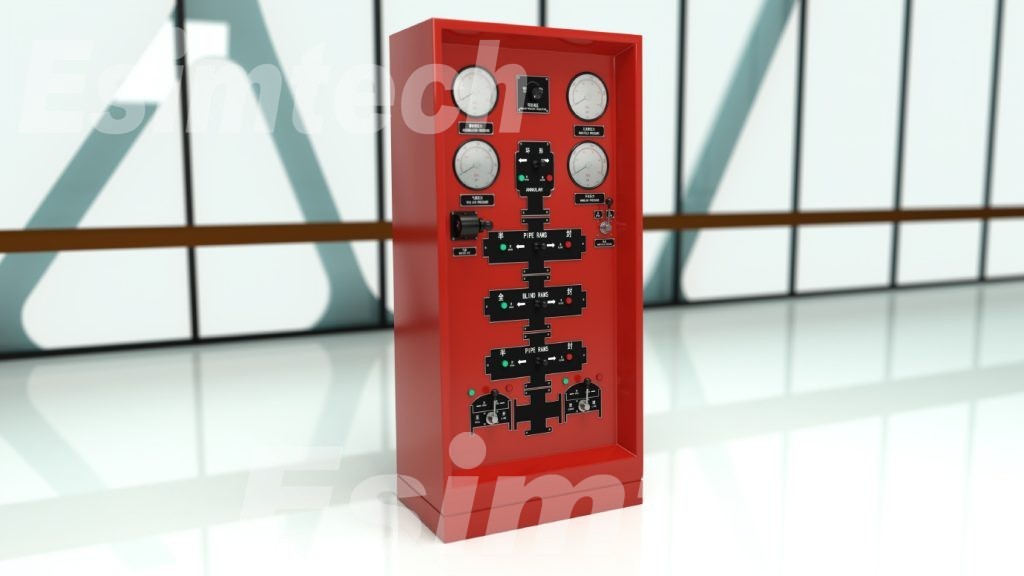
- Mud Pumps
Overview: Mud pumps circulate drilling fluid (mud) down the drill string and back to the surface, carrying cuttings and providing lubrication.
Features: High-pressure pumps ensure the efficient circulation of mud, contributing to cooling and maintaining wellbore stability.
- Top Drive Systems
Overview: Top drive systems facilitate the rotation of the drill string from the top of the drilling derrick, offering enhanced drilling efficiency.
Features: Electric or hydraulic top drives provide continuous and controlled rotation, reducing downtime for tripping operations.
- Drawworks
Overview: Drawworks are responsible for hoisting and lowering the drill string. They are integral to the drilling process.
Features: Drawworks incorporate brakes, clutches, and a drum to control the raising and lowering of the drill string.
4. Downhole Tools
- Measurement While Drilling (MWD) Tools
Overview: MWD tools offer downhole conditions such as temperature, pressure, and drilling direction in real time.
Features: MWD tools improve drilling efficiency and assist geologists and engineers in making sound judgments during the drilling process.
- Logging While Drilling (LWD) Tools
Overview: While drilling, LWD equipment measures the attributes of the surrounding rock formations, providing vital geological data.
Features: LWD tools provide information about formation porosity, resistivity, and other parameters, which aid in reservoir characterization.
Simulation Technology in Oil Rig Drilling Equipment
Precision, safety, and efficiency are critical in the high-stakes business of offshore oil exploration. The oil and gas sector relies on innovative technologies to fulfill these goals, and simulation technology has emerged as a vital actor in optimizing oil rig drilling equipment.
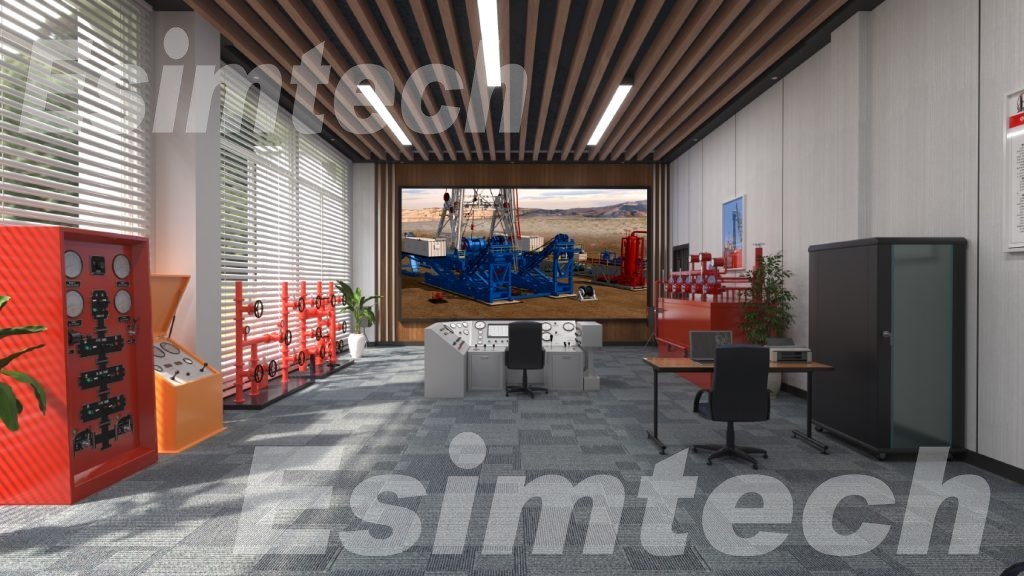
1. Design and Prototyping
- Virtual Prototyping
Overview: Engineers can use simulation technologies to produce virtual prototypes of drilling equipment before physical construction begins.
Benefits: Engineers can test the performance, functionality, and structural integrity of components and systems, identifying potential issues early in the design phase.
- Finite Element Analysis (FEA)
Overview: FEA is a simulation technique that assesses how components respond to stress, heat, and other physical forces.
Benefits: FEA helps optimize the design by ensuring that materials and structures meet safety standards and operational requirements, leading to more robust and reliable drilling equipment.
2. Training Simulators
- Drillship and Rig Simulators
Overview: Advanced simulators recreate the operational environment of drillships and rigs, providing realistic training scenarios for crews.
Benefits: Drilling training simulators allow crew members to practice handling emergencies, drilling procedures, and equipment operation in a risk-free virtual environment, enhancing preparedness and reducing the learning curve.
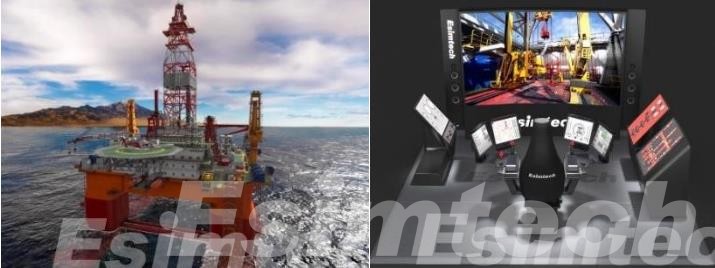
- Dynamic Positioning Simulations
Overview: Simulation technology is used to recreate dynamic positioning (DP) scenarios, allowing operators to practice vessel control in different sea conditions.
Benefits: DP simulations help operators refine their skills, ensuring precise positioning during drilling operations and minimizing the risk of incidents.
3. Drilling Process Optimization
- Real-Time Drilling Simulations
Overview: Real-time simulations enable operators to optimize drilling parameters, identify future issues, and make informed decisions to improve drilling efficiency and decrease downtime.
Benefits: By analyzing real-time simulations, operators can optimize drilling parameters, predict potential issues, and make informed decisions to enhance drilling efficiency and minimize downtime.
- Wellbore Stability Simulations
Overview: Simulations assess wellbore stability by analyzing geological conditions, fluid dynamics, and drilling parameters.
Benefits: Wellbore stability simulations help mitigate risks associated with borehole collapse or formation damage, enabling operators to adjust drilling strategies for optimal results.
4. Safety and Emergency Response Training
- Blowout and Well Control Simulations
Overview: Drilling and well control simulation system recreate blowout scenarios and well-controlled situations, allowing crews to practice emergency response procedures.
Benefits: Training in simulated emergency scenarios improves drilling crew preparedness, ensuring a quick and effective response in the case of an unexpected occurrence.
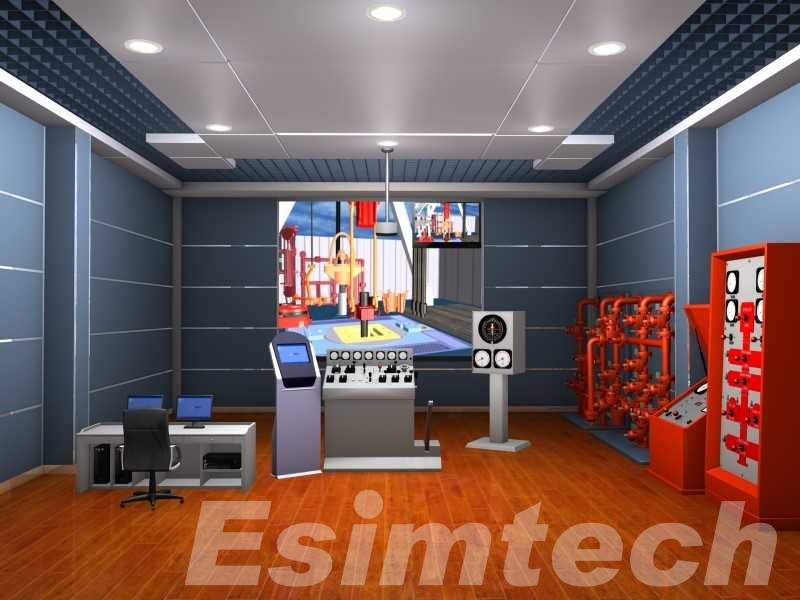
- Evacuation Drills
Overview: Virtual evacuation drills give staff with realistic scenarios in which to practice emergency procedures and evacuation routes.
Benefits: Evacuation simulations increase staff readiness by instilling a safety culture and reducing hazards during emergency scenarios.
Conclusion
Oil rig drilling equipment represents a convergence of engineering prowess, technological innovation, and logistical complexity. Each component is critical in unlocking the huge potential of offshore oil and gas deposits, from the towering structures of drillships and platforms to the precision of drill bits and downhole instruments.
Oil and gas simulation technology has become a vital tool, transforming the design, operation, and maintenance of oil rig drilling equipment. The industry may improve efficiency, improve safety standards, and reduce operational hazards by employing virtual prototyping, training simulators, and real-time drilling simulations. As technology continues to advance, the integration of artificial intelligence and machine learning into simulation platforms holds the promise of even more sophisticated and predictive models, further optimizing oil rig drilling equipment for the challenges of tomorrow’s offshore exploration.
